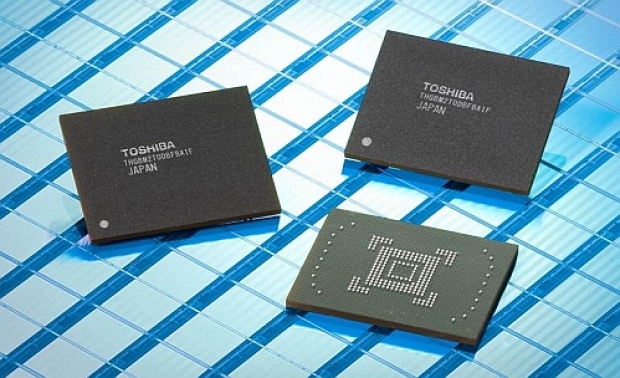The NAND flash shortage has been severe in the fourth quarter of 2016, mostly due to strong shipments for smartphones, stable growth in SSD demand and the increase in the average NAND flash density in eMMC and eMCP devices.
DRAMeXchange said that prices of NAND flash chips and wafers sold in the channel markets have reached their highest levels for 2016 in the fourth quarter.
In the contract market, prices of eMMC and UFS devices have risen 9-13 percent in the fourth quarter, while prices of enterprise- and client-grade SSDs have gone up 5-10 percent compared to the prior quarter.
Sean Yang, research director of DRAMeXchange said that from the supply side, the industry-wide transition to 3D-NAND is now moving at full speed.
“Most suppliers except for Samsung have not improve their yield rates for the technology as quickly as they would like. While 3D-NAND flash supply remains tight, the transition to the new architecture has resulted in a sharp production decrease and supply shortage for 2D-NAND (planar NAND) memory. Most flash components including eMMC, eMCP and UFS is still based on the 2D-NAND architecture," Yang said.
Chinese smartphone brands such as Huawei, Oppo and Vivo have placed large volumes of additional orders for high-capacity eMMCs and eMCPs because they are encouraged by the strong shipments of their devices.
DRAMeXchange said demand from China-based smartphone vendors are the main factor causing the supply of 2D NAND flash chips to fall short of demand. Robust demand from China-based smartphone vendors has also led to rising prices of NAND flash chips and wafers sold in the channel markets.
"As memory suppliers shifted more of their capacity to meet the demand from smartphone brands, they have also scaled back shipments to memory module makers," Yang said.
The tight supply of 2D NAND chips has become more severe due to the increase in memory content per box for mobile NAND products and growing demand for SSDs.
"OEMs can expect supply shortage to continue into the first quarter of 2017. By that time, NAND flash prices may climb to new peaks," Yang added.
Contract prices of enterprise- and client-grade SSDs will rise over 10 percent in the first quarter of 2017, while prices of eMMC and UFS devices will register even larger increases, the report concluded.




